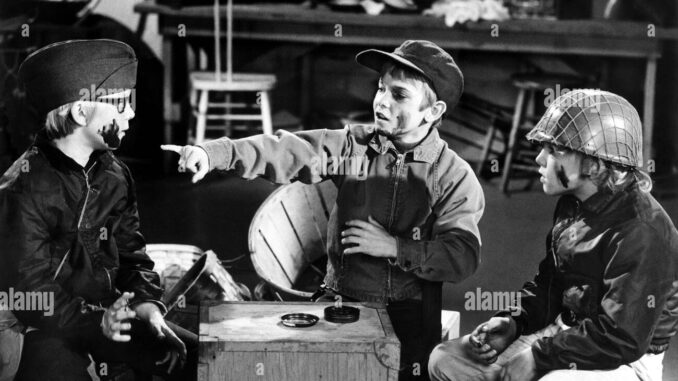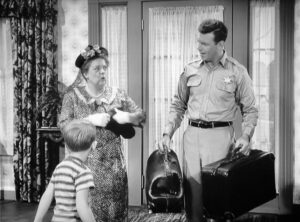
“The Andy Griffith Show,” which aired from 1960 to 1968, holds a significant place in American television history, not only as a beloved sitcom but also as a cultural touchstone that reflects the values and societal norms of its time. Set in the fictional town of Mayberry, the show depicted a simpler, more idealized version of small-town life, resonating with viewers during a period marked by social change and uncertainty.
Idealized Small-Town Life
At its core, “The Andy Griffith Show” presents an idyllic vision of small-town America. Mayberry serves as a microcosm of community life where neighbors know each other, crime is minimal, and moral values are upheld. The show emphasized themes of friendship, family, and community responsibility, highlighting a way of life that many Americans found comforting during the turbulent 1960s. In a time when urbanization was rising and societal norms were being challenged, Mayberry offered a nostalgic escape, reinforcing the belief that simpler, more traditional values could prevail amidst the chaos of modernity.
Moral Lessons and Community Values
Throughout its run, the show tackled moral dilemmas and social issues, often conveying valuable life lessons through humor and gentle storytelling. Sheriff Andy Taylor, portrayed by Andy Griffith, embodied the ideal community leader: wise, compassionate, and fair-minded. His interactions with residents often served as a framework for teaching integrity, respect, and understanding. Episodes like “The Pickle Story” and “Barney’s First Car” illustrated the importance of relationships and community support, reinforcing the idea that personal conflicts could be resolved through communication and kindness.

The character of Barney Fife, played by Don Knotts, added a layer of humor and humanity to the show. His comedic blunders and insecurities highlighted the theme of friendship and loyalty. Despite his flaws, Barney was a devoted friend and deputy, emphasizing that everyone has a role to play in fostering community spirit. This portrayal of flawed but lovable characters allowed viewers to identify with their struggles, making the show relatable and heartwarming.
Social Commentary and Reflection of the Times
While primarily a comedy, “The Andy Griffith Show” also subtly addressed contemporary social issues. Although it did not tackle contentious topics head-on, it reflected the era’s shifts in attitudes and values. For instance, the show’s portrayal of law enforcement, particularly through Andy’s calm and understanding approach, offered a counter-narrative to the rising tensions surrounding police and authority figures during the Civil Rights Movement. By depicting a sheriff who prioritized dialogue and community welfare, the show promoted a vision of law enforcement that resonated with viewers seeking reassurance during a time of societal upheaval.
Enduring Legacy and Influence
The influence of “The Andy Griffith Show” extends beyond its original run. It has become a cultural icon, referenced and parodied in various forms of media. Its portrayal of small-town life has inspired other television shows and films, creating a lasting legacy that continues to shape perceptions of American community life. The show’s format and character-driven storytelling set a precedent for future sitcoms, emphasizing the importance of strong character development and interpersonal relationships.
In conclusion, “The Andy Griffith Show” serves as a cultural landmark that encapsulates the essence of 1960s small-town values. Its portrayal of community, morality, and friendship offered viewers a comforting escape during a time of change, making it a beloved classic that resonates with audiences to this day. Through its humor and warmth, the show not only entertained but also provided a framework for understanding the complexities of human relationships, solidifying its place in the fabric of American television history.
